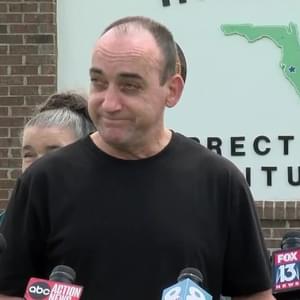New research has called into question the reliability of some use of DNA tests to definitively identify suspects in criminal investigations. After recent evidence of chromosomal “matches” based on DNA testing turned out to belong to unrelated individuals, some scientists wonder whether there are flaws in the assumptions that underlie the FBI’s statistical estimates of DNA accuracy. In 2001, Arizona state crime lab analyst Kathryn Troyer was running tests on the state’s database when she came across two felons with remarkably similar genetic profiles. They matched at 9 of the 13 locations on chromosomes, or loci, commonly used to distinguish people. While the FBI estimated the odds of finding unrelated people sharing those genetic markers to be 1 in 113 billion, Troyer found the men to be unrelated and of different races—one was black and the other white.
Since that initial discovery, Troyer has found dozens of similar “matches,” sparking a legal fight over whether the nation’s genetic databases should be more closely scrutinized. At the time of her discovery, many states looked at only nine or fewer loci when searching for suspects (most attempt to compare 13 loci when evidence is available). Because of her results, Troyer and her colleagues believed that a 9-locus match could lead investigators to the wrong person. “We felt it was interesting and just wanted people to understand it could happen,” Troyer explained. “If you’re going to search at nine loci, you need to be aware of what it means. It’s not necessarily absolutely the guy,” added Troyer’s colleague Phoenix Lab Director Todd Griffith.
Inspired by these findings, defense attorney Bicka Barlow investigated if there might be similar matches in DNA databases to challenge prosecutors’ assertions that the odds of a coincidental match were as remote as 1 in 1 trillion. She subpoenaed a new search of the Arizona database and found that there were 122 pairs of individuals that matched at 9 of 13 loci and 20 pairs that matched 10 out of about 65,000 felons. For years, courtrooms have treated DNA results as the gold standard in evidence, finding it hard to argue with odds like 1 in 100 billion. “Troyer’s discovery threatened to turn the tables on prosecutors. At first blush, the Arizona matches appeared to contradict those statistics and the popular notion that DNA profiles, like DNA, were essentially unique.”
The FBI’s estimates originated from a sample population of a few hundred people in the 1990’s. The FBI sent out a nationwide alert to crime labs warning of defense requests after Barlow’s subpoena. Illinois did a similar search of their database in 2006 and found 903 pairs of profiles matching at 9 or more loci in a database of about 220,000. Maryland searched their database for matches in 2007 and found 32 pairs matched at 9 or more loci among fewer than 30,000 profiles.
(J. Felch, M. Dolan, “How reliable is DNA in identifying suspects,” L.A. Times, July 20, 2008). See Studies and Innocence.
Innocence
Mar 01, 2024




